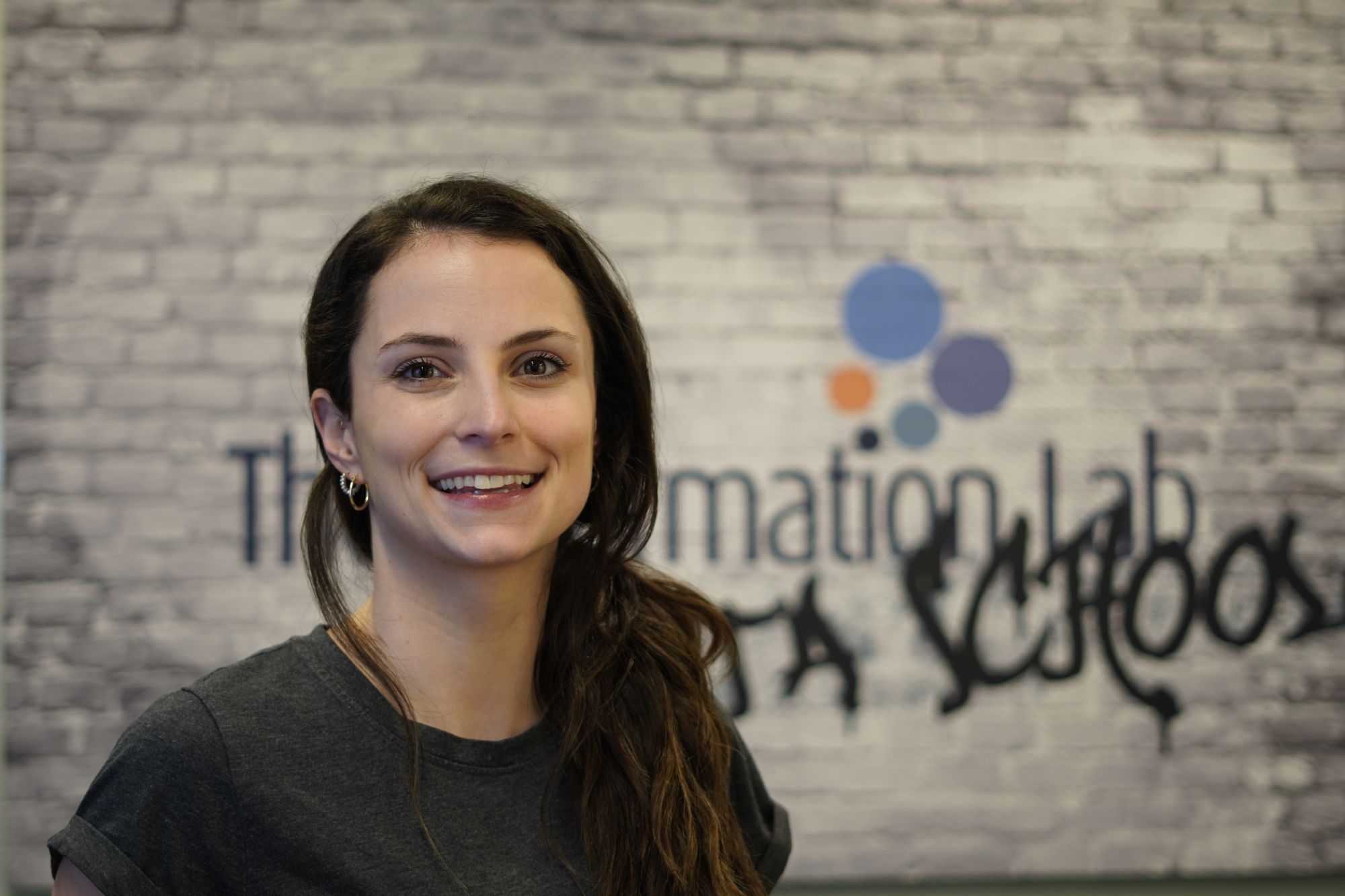In 2017, the summer before my senior year of college, I took part in an internship with the help of my high school statistics teacher and now dear friend, Brad Lewis. The research project I worked on was called The Primate and Predator Project located at the Lajuma Research Center found in the Soutpansberg Mountains in South Africa where researchers, including mostly PhD candidates from the UK, lived for up to 2 years gathering data to support their theses. My role was made up of two parts, predator research and data visualization.
Although I was only there for three months in the summer, I had responsibilities collecting predator data from the camera trap grid spanning across the mountain range. For primate research, the primate assistants would spend their days following and recording the activity of troops of baboons and samango monkeys in the area. For predator research, we would spend our days hiking to different camera trap locations to switch out camera SD cards with fresh ones, make sure the cameras remained secure and the surrounding area was clear. Once the SD cards were brought back to camp, we manually tagged the species that we saw in each image.
I was tasked with helping clean and sort the camera trap image data so that we could understand how human activity patterns might be influencing the animal activity patterns in the area. Mr. Lewis got me set up at camp, helped me download R and RStudio, sent me some helpful articles on how to get started and then he flew right back to the US! This was not only my first experience with R but my first experience with coding in general. In a way, having to learn on my own in the mountains of South Africa was an incredible way to do it and I felt it gave me a great perspective on perseverance and problem solving.
By the end of summer, I had managed to write an R script that:
- cleaned the camera trap image excel data (imagine years of different people typing/spelling animals like Leopard, Serval, Duiker, etc.)
- sorted each timestamp into hourly buckets
- visualized each animal activity pattern within a 24 hour period
Once it was all said and done, we were able to use my data cleaning and visualization to see how the warthogs, a naturally diurnal (active during the day) species, changed to nocturnal activity patterns as a response to the human activity in the area. As simple as it was, that visualization of the 24 hour warthog activity pattern changed my life. Through this project, I built up a confidence in myself that I never had before and realized I could do anything I put my mind to.
Leaving South Africa was really hard because I knew I'd never be able to experience it in that way again. I had the most incredible days and nights around the fire with amazing people during my time on the mountain and truth be told, we never stayed in touch. Looking back on my time there, I see how special it was and knowing how finite the experience was made me put my phone down and appreciate the life in front of me.
I later went on to write my senior thesis for my applied math degree on this camera trap image data and how using python and machine learning can remove the need for manual image tagging and create a more streamlined process for accurately gathering the data and creating more time for analysis and visualization.
Now that I am pretty much fully trained in both Alteryx and Tableau, I would love to be able to revisit this original data set to see what cleaning steps can be automated using Alteryx as well as what visualizations could be produced in Tableau. Completing my four months of training at the Data School feels very full circle when I compare it to my internship in South Africa and I love to be able to look back at old work and continue to improve on it.
